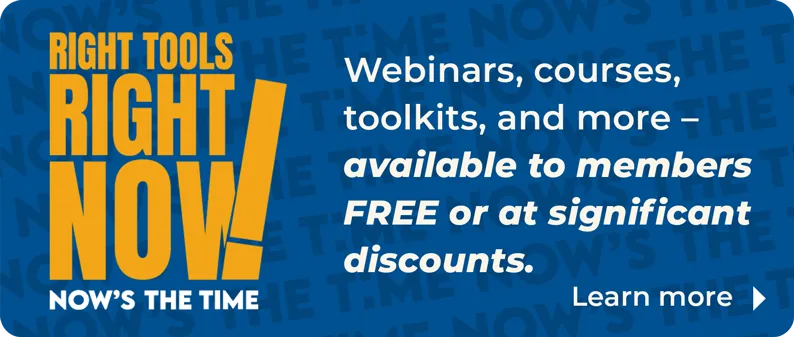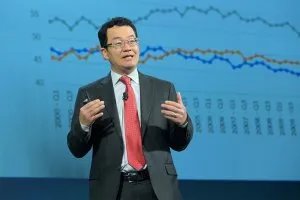- Though the headline shows no inflation, rents are now rising at the fastest pace in 7 years. Moreover egg prices are up 37 percent from one year ago. The lower gasoline prices are in essence masking much of inflationary pressures from other items.
- The overall consumer inflation fell 0.2 percent over the month in September and was unchanged from one year ago. As a result, social security checks in 2016 will see no cost-of-living-adjustment.
- The Federal Reserve in deciding on monetary policy is more concerned with the “core inflation” and not the headline inflation. The “core” – after taking out the volatile impact of large swings in energy and food prices – rose by 1.9 percent from one year ago. If it crosses the 2 percent line then the Fed will itch to raise rates. As long as rents rise, and they will given the 30-year low rental vacancy rates, the “core inflation” will trend higher. The Fed rate hike is therefore certain though the first rate hike could be delayed till December or early next year. In addition, the second and third rate hikes will occur later in 2016.
- Renters’ rent rose by 3.7 percent, the highest pace since 2008. Homeowners’ equivalence rent (a hypothetical rent a homeowner would pay if the house was rented) rose by 3.1 percent, the highest pace since 2007. There is a housing shortage and these rent components will continue to rise for the foreseeable future because of falling vacancy rates.
- For seniors on social security who are not homeowners and do not drive that much will get hurt next year from higher rents, higher food prices, higher medical fees, and higher public transportation costs. Prices are lower for clothes and electronic equipment, but seniors do not purchase many of these items.









